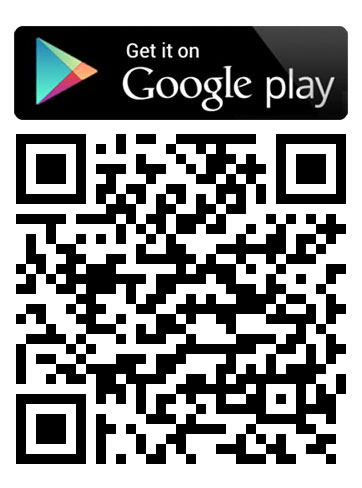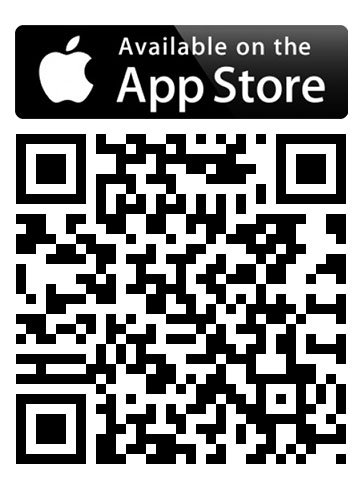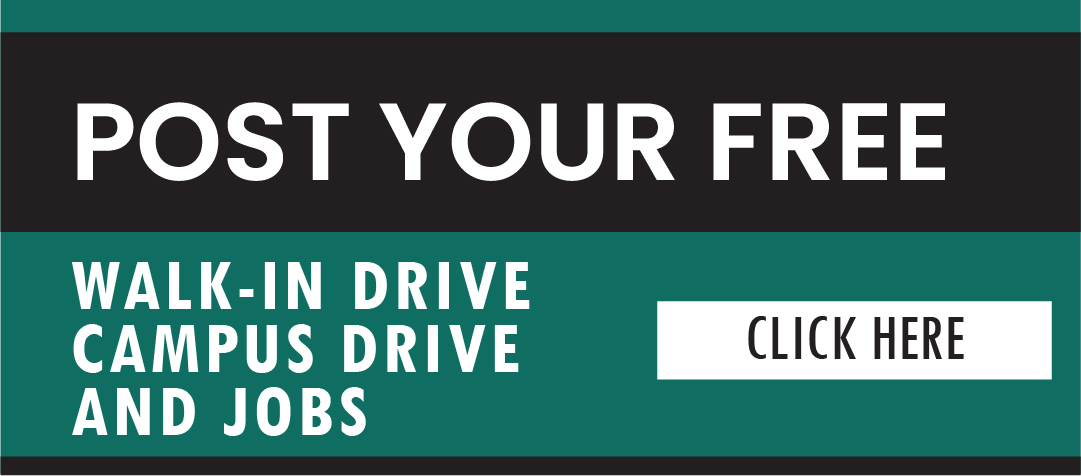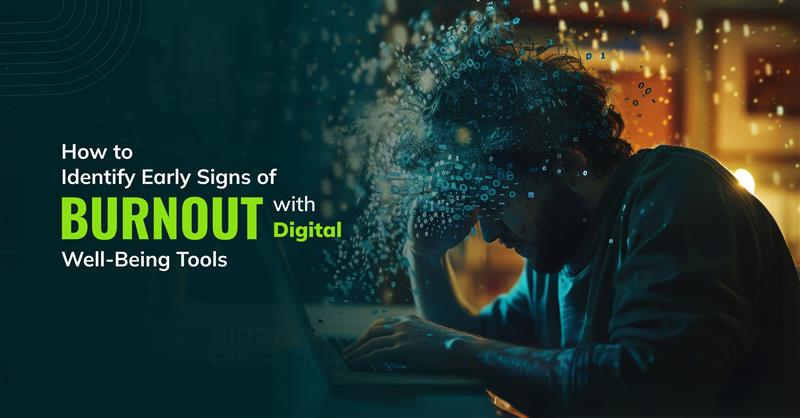How to Identify Early Signs of Burnout with Digital Well-being Tools
Burnout does not always show up with flashing warning signs. Sometimes, it makes an appearance through tired eyes, missed deadlines, or a once-enthusiastic employee who now seems distant and drained. Burnout is becoming more common in this world where we are constantly juggling deadlines, meetings, and expectations.
But there is a way to tackle this. Using the right digital tools, we can catch the early signs of burnout and do something about it, before it takes a toll on people and performance.
What burnout looks like (before it gets serious)
Burnout is not just about being tired. It is a deeper, more persistent kind of emotional, mental, and sometimes even physical exhaustion. You might notice some of your employees:
• Struggling to stay focused
• Feeling overwhelmed even by small tasks
• Becoming unusually irritable or withdrawn
• Losing interest in work they once enjoyed
• Showing up, but not really being “present”
These signs can be easy to miss in remote or hybrid work settings. That is where digital well-being tools play a role by helping us see what we might otherwise overlook.
How digital tools can help
Think of digital well-being tools as a kind of emotional check-in that is quietly working in the background to help people reflect on how they are really doing. These tools use structured assessments to gather insights into different aspects of mental health, like emotional resilience, social connection, and work-life balance.
For HR teams and managers, this kind of data is essential. It helps them:
• Understand how teams are feeling over time
• Spot patterns that might signal burnout
• Offer support before things escalate
• Create a culture where mental health is taken seriously
And for employees, it is a chance to pause, reflect, and feel heard without having to say a word out loud.
Why early detection matters
When employees feel supported, they are more engaged, more productive, and more likely to stick around. On the other hand, ignoring early signs can lead to absenteeism, low morale, and high turnover.
By using digital tools to check in regularly, organisations can take small, proactive steps that make a big difference like adjusting workloads, offering mental health resources, or simply starting a conversation.
What makes a good well-being tool?
Not all tools are created equal. The best ones are:
• Backed by science:They are built on solid psychological frameworks.
• Insightful:They don’t just collect data, but they help you understand it.
• Respectful of privacy:Because mental health is personal, and trust matters.
A good tool does not just tell you something is wrong. It helps you figure out what to do next.
A Smarter Way to Support Your Team: HireMee’s Holistic Well-being Assessment
If you are looking for a tool that checks all those boxes, HireMee’s Holistic Well-being Assessment is the one. It is designed to give a well-rounded view of an individual’s mental well-being by looking at key areas like emotional health, social connectedness, work-life balance, and sense of purpose. What makes it unique is how actionable the insights are. Instead of vague scores or generic advice, you receive a clear picture of where support is needed, whether it is helping someone feel more connected, more balanced, or more engaged in their work.
In a time when mental health is more important than ever, tools like this are not just helpful but also must-haves. They give us the chance to show up for our teams in meaningful ways, and to build workplaces where people can truly succeed.l







